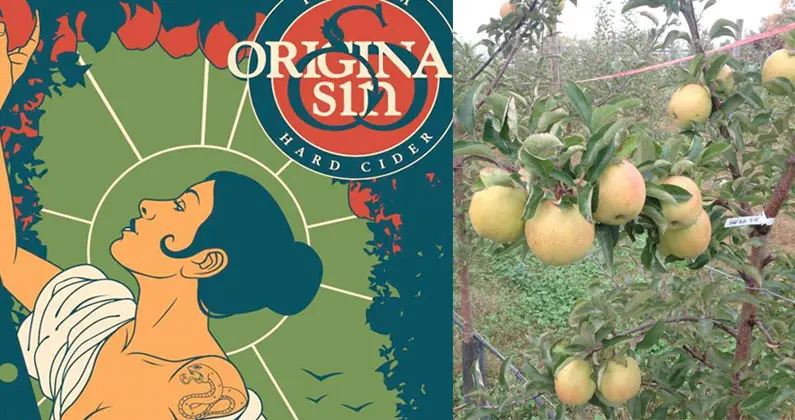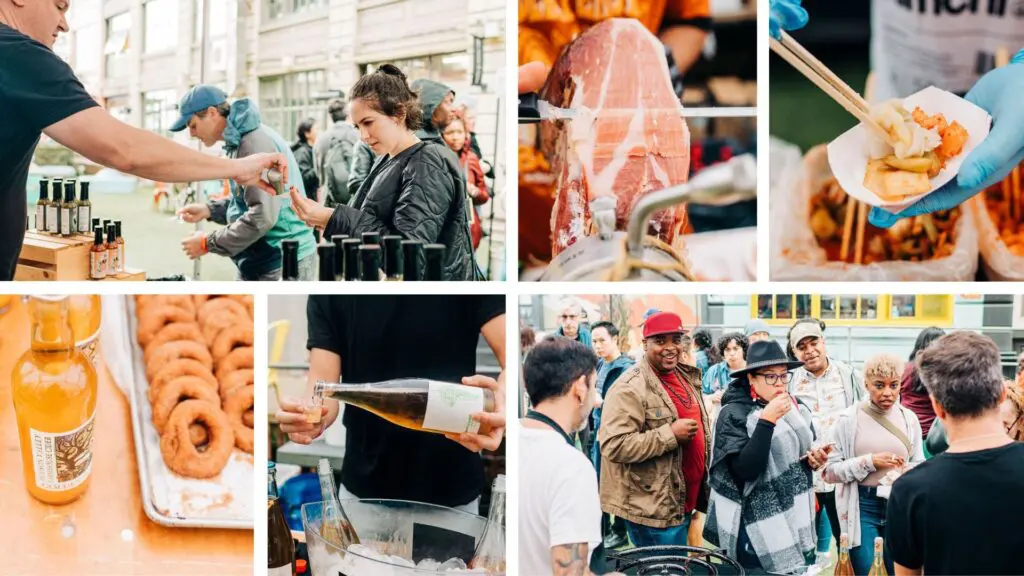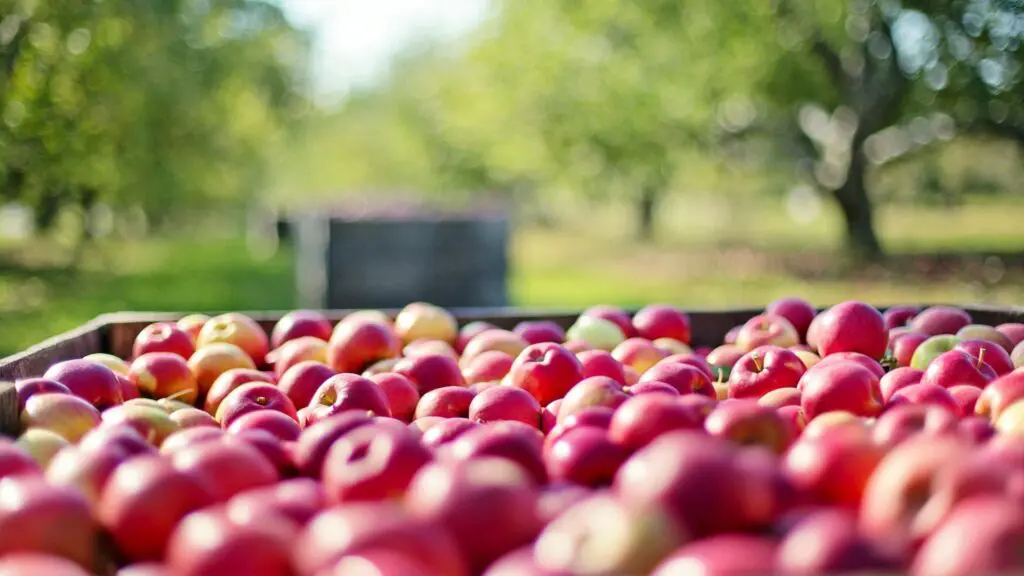Defying the odds and statistics of the late ’90s, Original Sin Hard Cider comes out on top.
By Peter Holmstrom
If you were to tell someone in 1997, “Hey, I’m going to make cider,” you would have found more then a few people scratching their heads. But that was exactly what prompted New York native Gidon Coll to start what would become one of the nation’s leading producers of hard cider, Original Sin.
“People would laugh when I’d tell them I was opening a cidery,” Coll says. “It was almost incomprehensible why cider wasn’t more popular. Cider was huge in Europe, and in other parts of the world, but it had never caught on here.”
Coll was entering a world predominated by beer and wine. Cider, which had once been quite popular in America, had been hard hit by Prohibition, and the industry had never quite recovered. In 1995, the New York Times reported that only 1.6 million cases of cider were produced that year.
Over time, Coll found ways to hone his craft by getting input from local winemakers, bartenders and friends. But the work was slow moving.
“At first, I’d be labeling the bottles by hand, spending a whole weekend doing 4,000 bottles, which isn’t really that many, and then go bar to bar in downtown Manhattan and Brooklyn,” Coll says. “I spent morning and night making cider then sampling New York City establishments on OS.”
Success would gradually come, with major awards being won throughout the first decade of the millennium. Another New York Times article in 2003 named Original Sin the best cidery in America. This article would allow Original Sin to find an audience outside of New York, and soon would expand across the country. With the new-found wiggle room, Coll began to experiment.
“I’m a huge collector of old books about cider—they had such an understanding of how many different varietals can influence cider,” Coll says. “Today, 11 varietals represent 90 percent of the supermarket chain store sales, but in the 1800’s there was such an awareness of different varietals, cider was such a part of our culture.”
With the passion to emphasis rare and underutilized varietals in cider, Gidon hopes this will bring a rising awareness of the versatility apples have to offer. While still maintaining the flagship Original Sin Apple hard cider, the company has also developed single varietal ciders, as well as ciders made with elderberry, apricot and pear.
Currently, Original Sin is available for purchase in 32 states, as well as being exported to Japan and the UK. Original Sin has seen the growth of the industry from both perspectives, having started out in an industry that had largely forgotten cider, to today, where cider represents a multimillion-dollar-a-year industry, with national case production for all cideries exceeding 7.5 million cases.
Coll has used some of this success to plant a test orchard on his family’s heritage dairy farm, a 70-acre property where he grows more than 85 different apple varietals representing some of the lesser known, or near extinct varietals. “I’ve become much more apple-centric,” Coll says. “Many of these unknown varietals lend themselves to a better tasting experience, but also to making a better cider. I think that more people focus on apples and varieties, the more it lends itself to a greater interest in cider and the industry in general.”





















